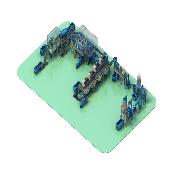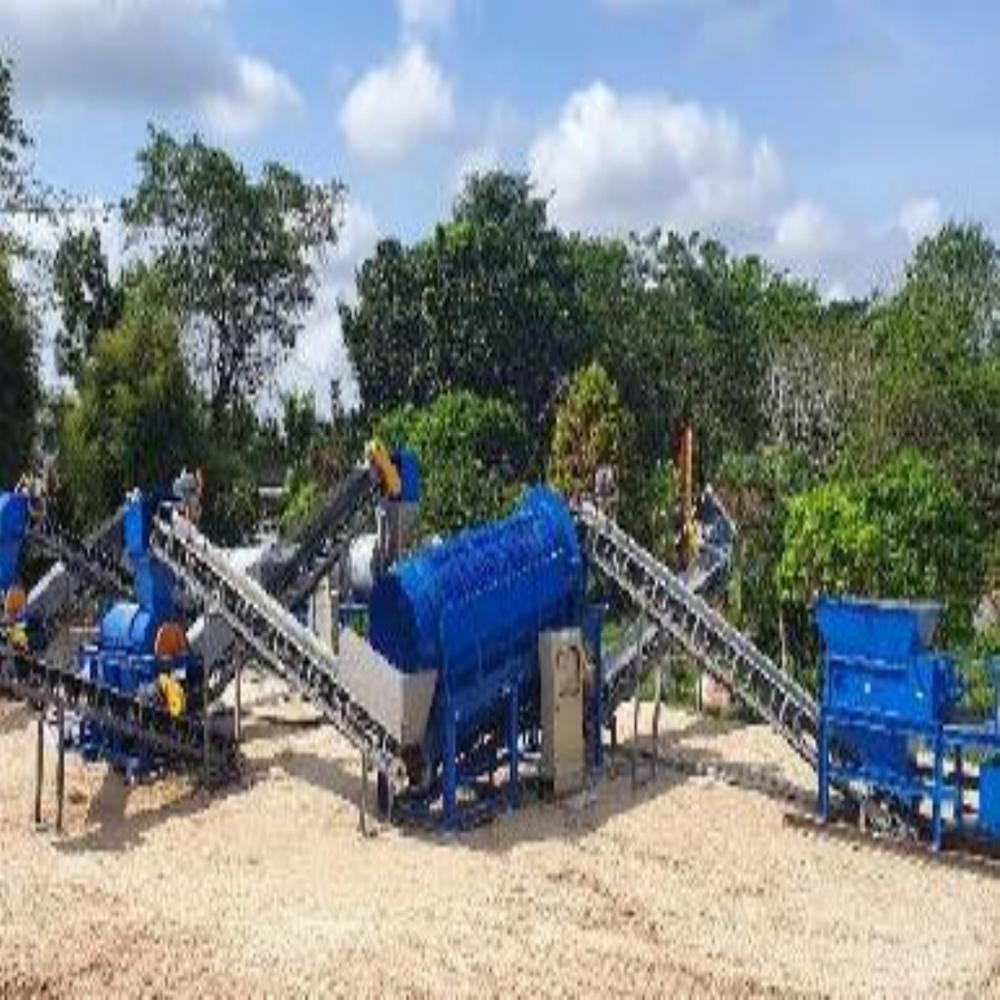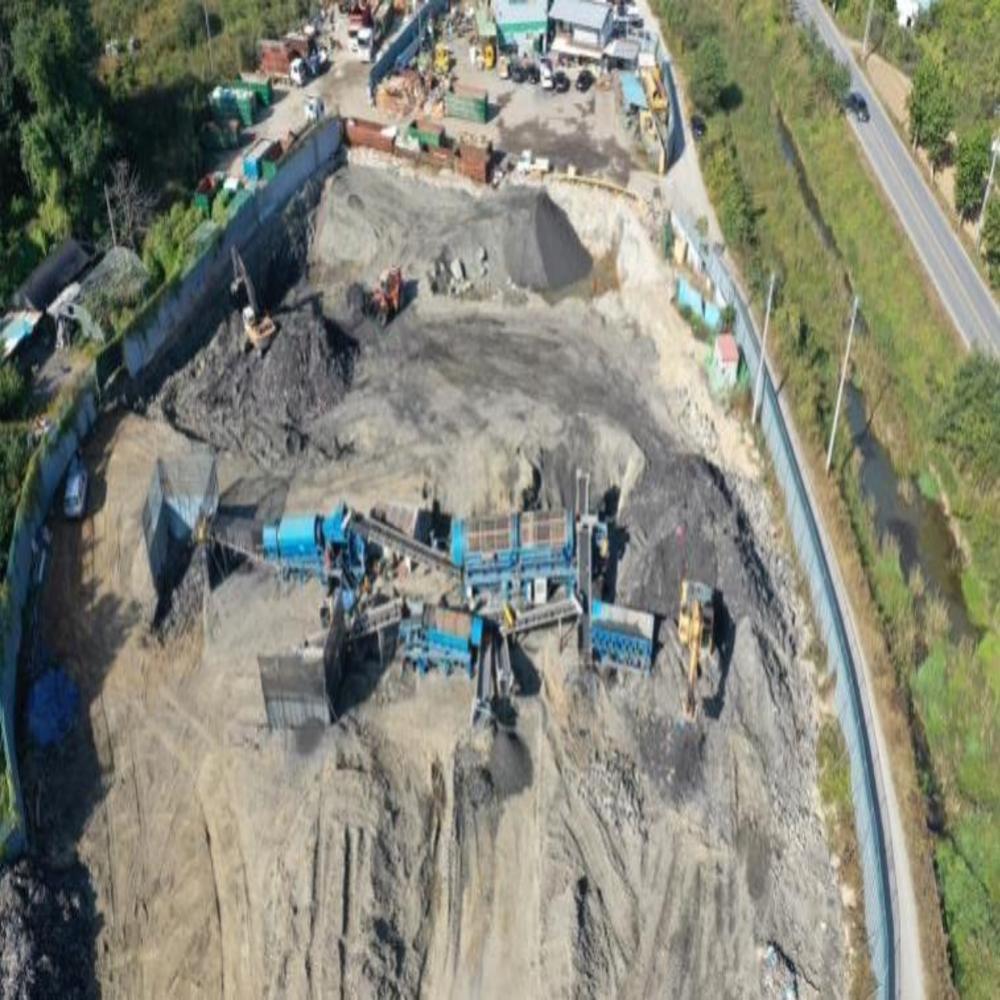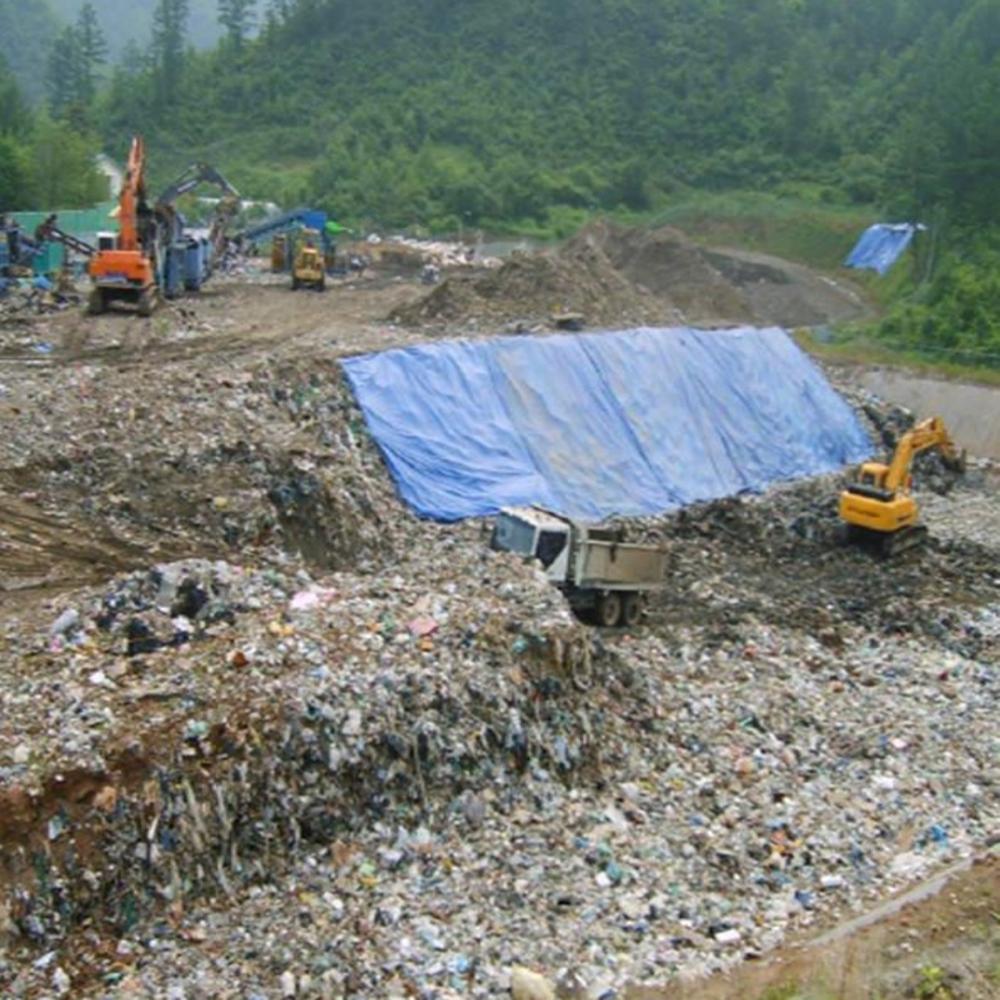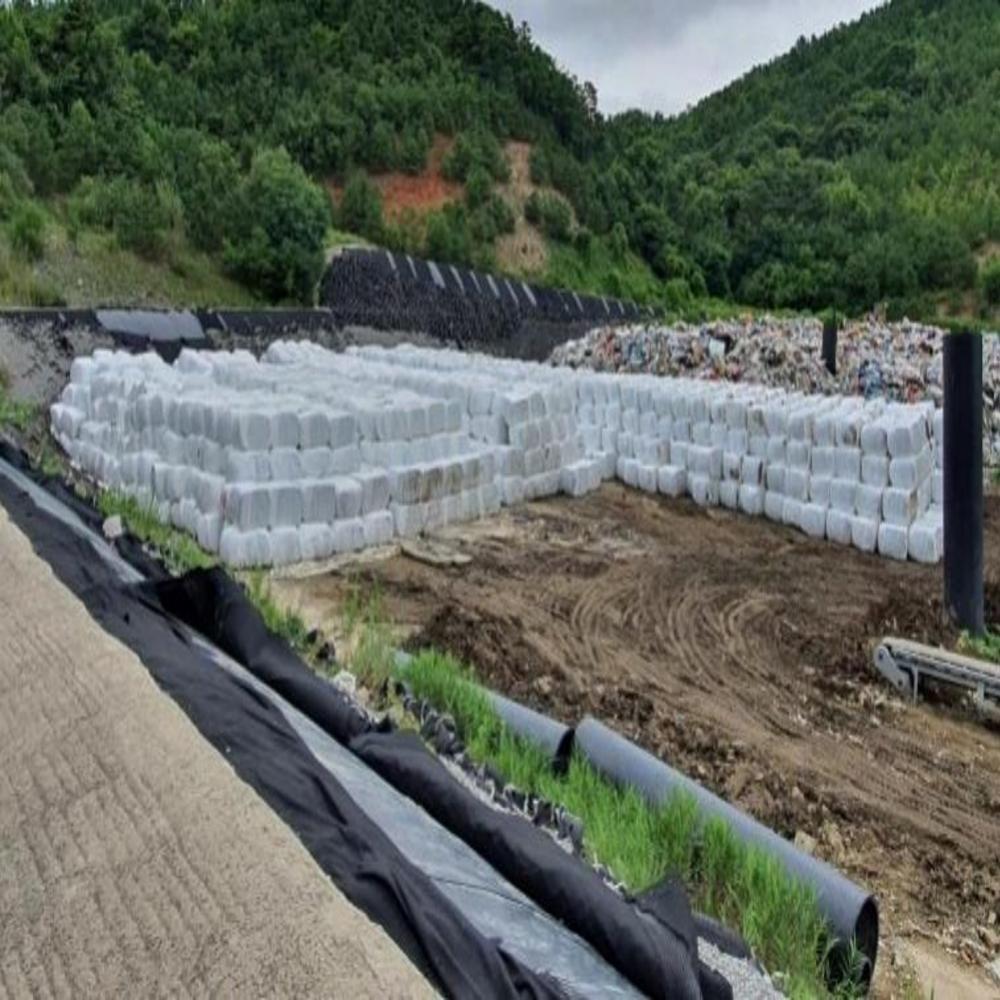LFW ( Landfill Waste) Treatment System
-
Payment
L/C(sight) , T/T
-
MOQ
Negotiable
-
Country of sale
Asia, Middle East, World Wide
-
PRICE
-
FOB
Depend on quantity
-
ITEM SPECIFICS
-
Brand
Model LFW SolutionGENSYS
-
origin
Republic of Korea
-
Size(Capacity)
Customized
-
Package Includes
Comprises excavators, shredders, separators, dryers, and metal separators.
-
Features
Reduces landfill volume by recovering energy and materials from buried waste.
-
Function
Excavates and sorts landfilled waste for resource recovery and fuel production.
PRODUCT DESCRIPTION
This facility converts municipal solid waste (MSW) from landfills or excavated landfill waste into Refuse-Derived Fuel (RDF) through mechanical processes such as sorting, shredding, drying, and compressing. It contributes to both landfill volume reduction and energy recovery, offering a sustainable solution for waste management. Key processes include shredding, metal/non-metal separation, drying, and pelletizing.
Applications of RDF – Cement Plants and Power Plants
Refuse-Derived Fuel (RDF) is used as an alternative fuel to replace fossil fuels such as coal and heavy oil. Its main applications include cement plants and power generation facilities.
- In cement plants, RDF is utilized as a secondary fuel in kilns to reduce coal consumption and lower greenhouse gas emissions. The residual ash after combustion can also be reused as a raw material for cement.
- In power plants, RDF is burned to generate electricity or used as a heat source in steam boilers. This supports waste-to-energy initiatives while contributing to the production of electricity and thermal energy.
Key Features of RDF Production Facility for Landfilled Waste
The RDF production facility for landfilled waste is an integrated treatment system that mechanically recovers and converts previously buried or semi-decomposed municipal solid waste into Refuse-Derived Fuel (RDF). The system includes processes such as sorting, shredding, drying, impurity removal, and fuel shaping. It efficiently separates recyclable and combustible components from landfill waste and transforms them into valuable energy resources. This facility helps reduce the occupied volume of landfills, prevents long-term environmental pollution, and lowers the burden of post-closure landfill management. Moreover, the system is specially designed to handle landfill waste with high moisture and contamination levels, ensuring stable operation under various site conditions.
RDF Production Facility for 500 TPD of Landfilled Waste (Excluding Pelletizer, with Optional Units)
The RDF production facility designed for processing 500 tons per day of landfilled waste includes key systems for waste pretreatment and fuel conversion. The process begins with a primary shredder, which breaks down bulky waste. A vibrating screen then separates particles smaller than 30mm, followed by magnetic and eddy current separators for removal of ferrous and non-ferrous metals. A wind-based air separator is used to extract light combustible fractions suitable for RDF.
Subsequently, a secondary shredder reduces the material to an ideal size (below 50mm), and a rotary dryer is installed to reduce moisture content from approximately 40~45% to less than 20~25%, enabling efficient combustion of the RDF.
※ Equipment installed after the rotary dryer is optional.
- A deodorization system may be added to remove odor-causing compounds (e.g., H₂S, ammonia), minimizing environmental impact.
- A dust collection system helps control fine particulates, improving worker safety and air quality.
- A PLC-based central control panel enables automated operation and remote monitoring, ensuring efficient and safe management of the entire process.
These optional systems can be included depending on the characteristics of the waste and the conditions of the project site.
PAYMENTS DETAILS
This supplier supports payments for offline orders
- Letter of Credit : L/C(sight)
- Telegraphic Transfer : T/T
- Name : Jung Taek Yoon
SHIPPING
Shipping from :
Republic of Korea
- 219 Yehak-ro 1-gil Bujeok-myeon, Nonsan-si, Chungcheongnam-do (32916)
Daehan E&C Co., Ltd.
The person in charge
Kyu Seok LeeAddress
219 Yehak-ro 1-gil Bujeok-myeon, Nonsan-si, Chungcheongnam-do (32916)
Introduction
DaeHan E&C has established in 1997 and produce various products on Water management system, Plant construction, Environmental equipment, New Renewable energy.
As DaeHan E&C is No. 1 in Korea and world class company especially on MSW(Municipal Solid Waste) plant, DaeHan has been practicing localization projects in overseas.
Since 2018, DaeHan has been endeavoring green technologies such as DME technology.
-
- Business Type :
- Manufacturer
-
- Main Product :
- Meterial Recovery Machine
-
- Established :
- 1997-12-01
-
- Total Annual Revenue :
- More than 10 billion (KRW)
-
- Total Employees :
- 11~50 people
R&D CERTIFICATE
-
- CE
- certificate Compressor
- Aug. 2020
- 인증서보기
Please suggest a variety of your ideas such as design, impact, enhancements, etc
Captcha Required
Please enter the text on the left image to prevent automatic input.
0 / 4000
질문이 없습니다.
CUSTOMER REVIEWS (0)
TRADE EXPERIENCE
-
- Total revenue
- More than 10 billion (KRW)
-
- Total export revenue (previous year in USD)
- 13,000
-
- Number of foreign trade employees
- 11~50 people
COMPARISON TO SIMILAR ITEMS more
- No Items







